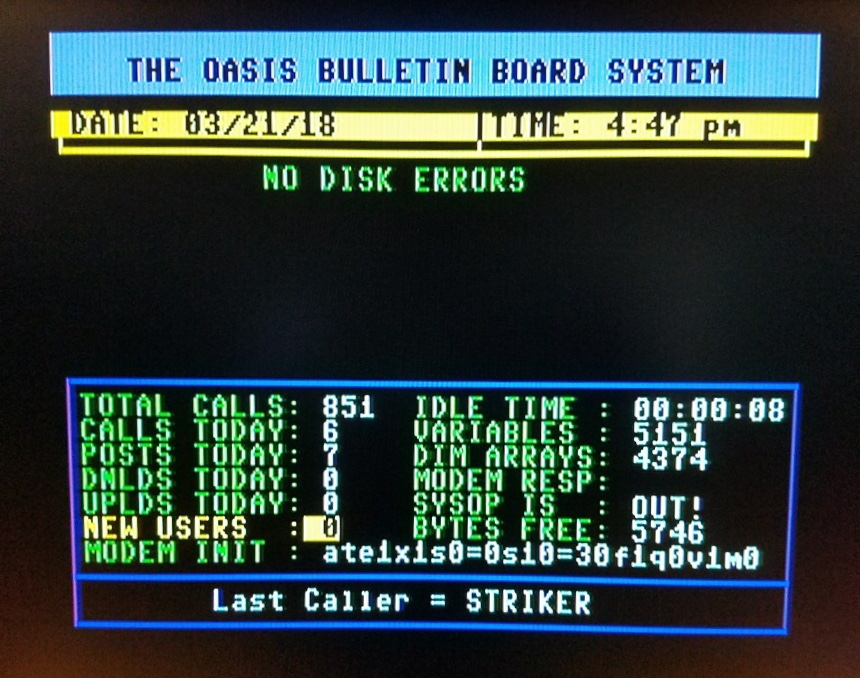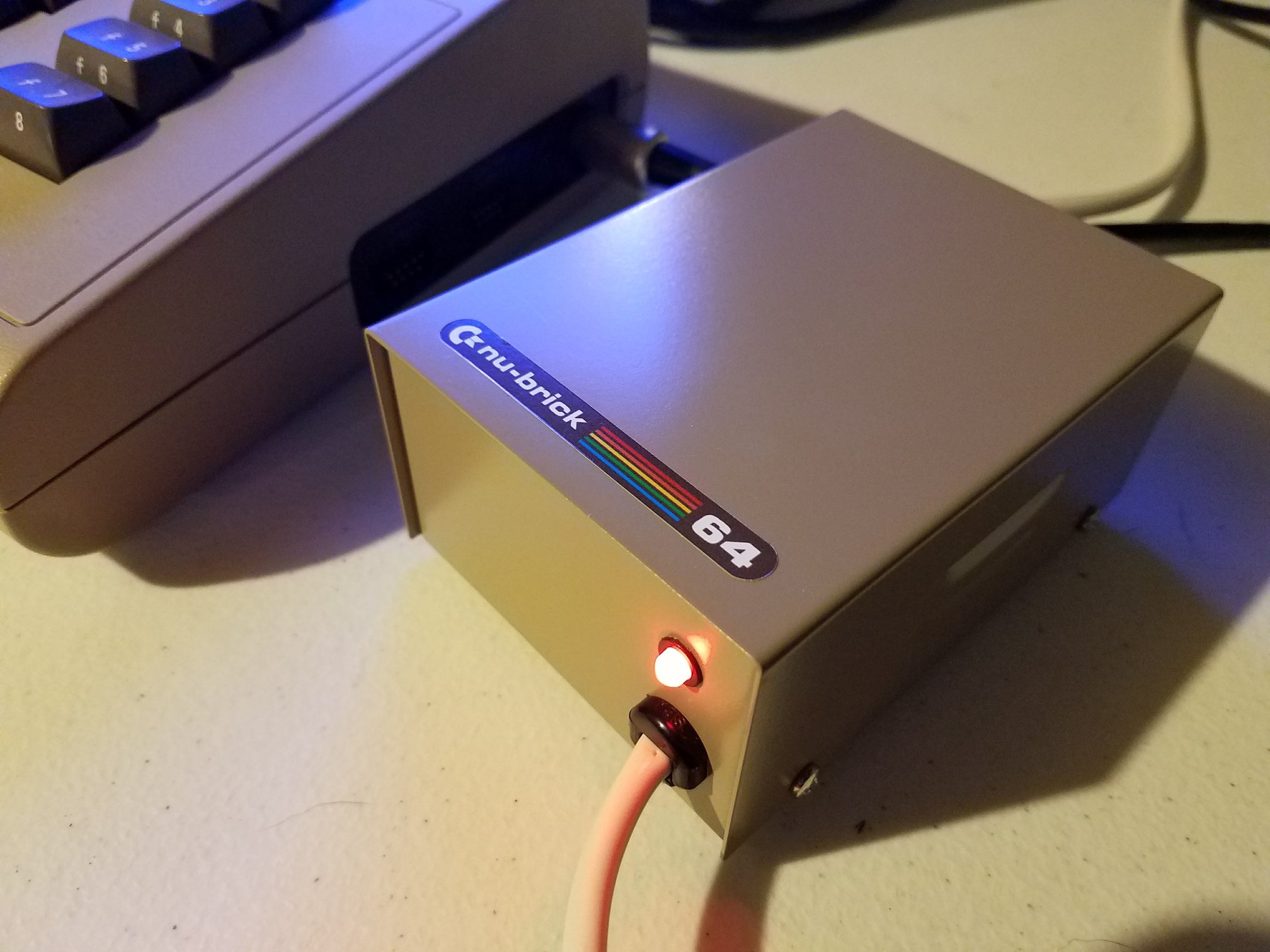It is time once again at The 8-Bit Manshed to continue work on the A3000 motherboard. In the previous session, progress was made by successfully booting into the diagnostic tool via the serial port. The next goal is to achieve a successful RAM test. As you can see, the RAM sockets have already been partially populated. The objective by the end of this session is to have a visual boot into either a Kickstart ROM or a diagnostic tool with VGA output.
At this point, the work halted because one of the ROM sockets was missing. The necessary sockets are now available, and the plan is to install them and socket everything that requires it, following a specific order. The first step will be to install the remaining RAM modules and then test the diagnostic tool to verify if the RAM is functioning correctly.
After some initial setup, the diagnostic tool indicates most of the RAM is functioning, although there is an error at address 400. This issue appears to be unrelated to the RAM itself, as swapping the RAM modules between banks does not resolve it. After consulting with an expert, it was suggested that the absence of a component called “Buster” might be causing a floating signal. However, after careful inspection, a small solder bridge was found and corrected, resolving some of the errors.
Progress continued with the replacement of a defective 646 chip that was causing system hang-ups. Replacing this chip allowed the diagnostic tool to run more smoothly and complete its checks, confirming that all RAM is properly recognized.
The next steps involve populating the Denise chip, two 244 ICs, and the video DAC, which are necessary to obtain a video signal. Additional connectors and components are being installed to enable RGB output, mouse and keyboard input, and audio functionality. Upon connecting these components, the diagnostic tool successfully outputs video and detects all installed RAM.
With the completion of these initial repairs and installations, the next objective will be to sort out the floppy drive and hard drive connections, as well as the VGA output. There is still more work to be done, but substantial progress has been made in this video, with plans for additional installments to cover the remaining tasks.







